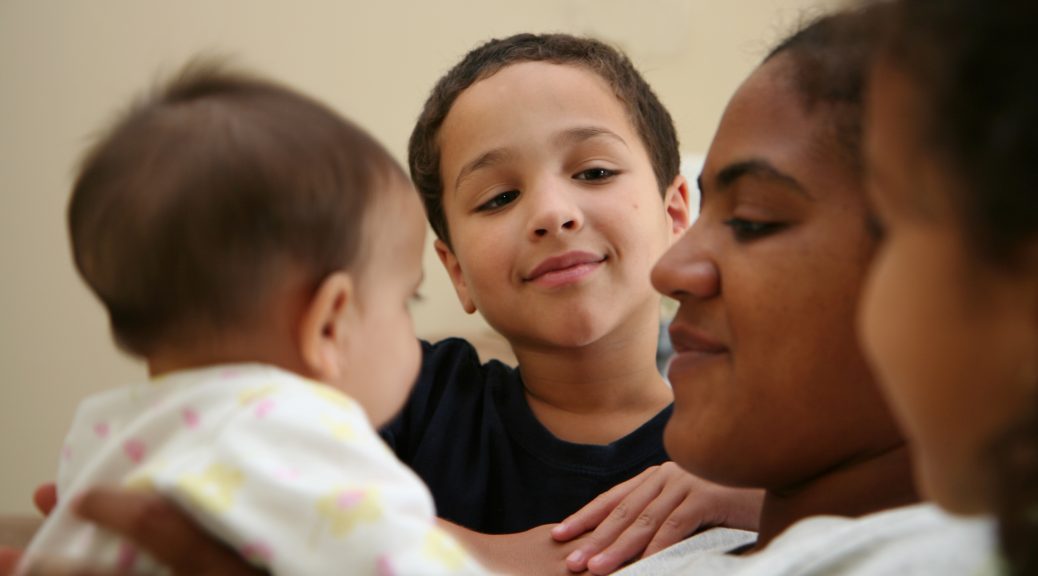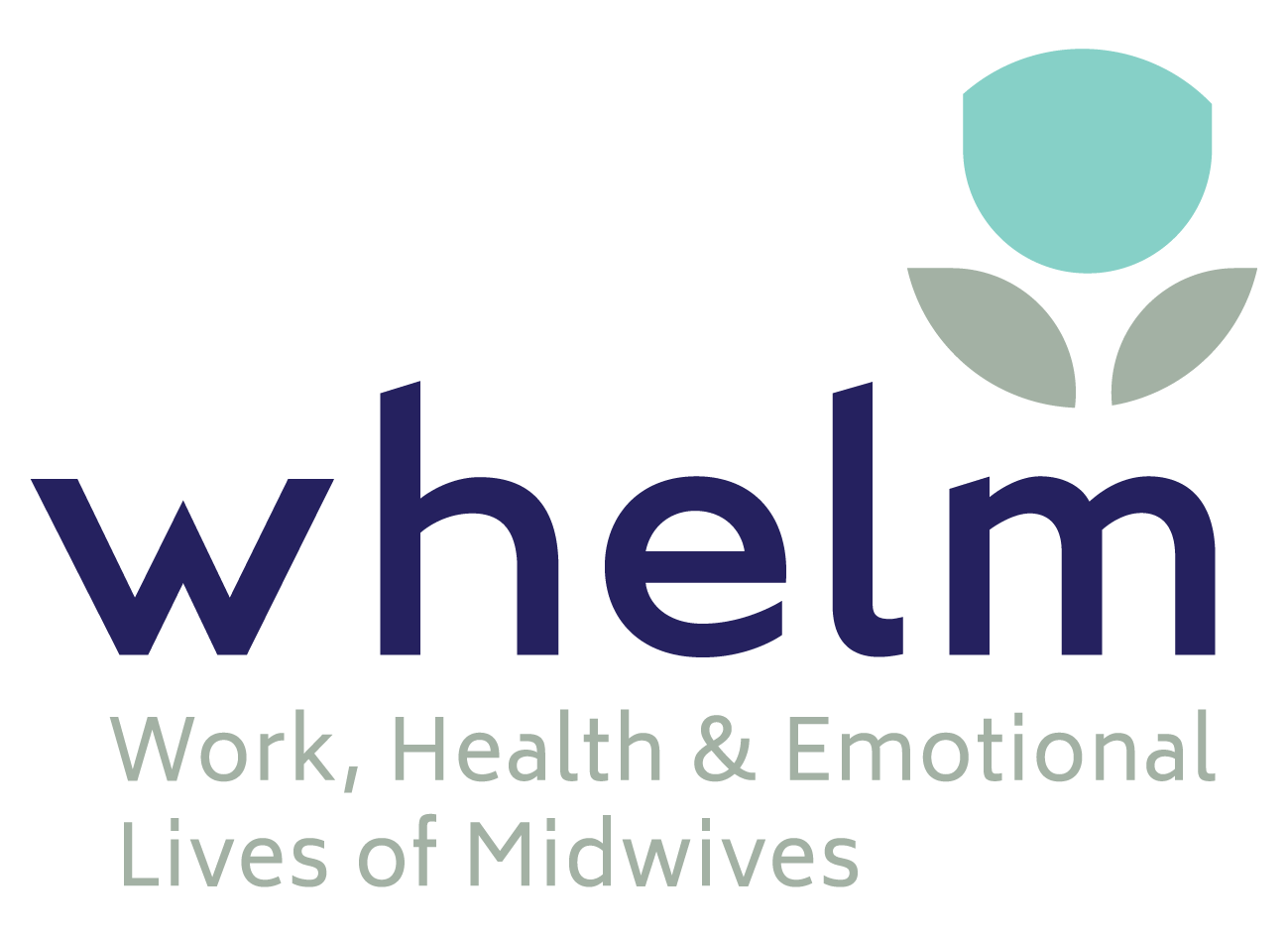Indigenous mothers and babies in high-resource countries experience increased risk of adverse outcomes. These outcomes are socially determined – a result of poverty, racism, and intergenerational trauma (Brown, Langston-Cox & Unger, 2021). It is beyond time to do something about it.
Call to Action
In a recent Call to Action, Indigenous and non-Indigenous researchers from high-resource, settler-colonial countries, stressed that lack of clinically and culturally safe birthing services for Indigenous families results in “dead and harmed brown and black mothers and babies” (Hickey et al., 2021, p.303). They argue the United Nations Declaration on the Rights of Indigenous Peoples should guide redesign of maternity services for Indigenous families (Hickey et al., 2021). The Declaration includes the right to: self-determination and participation in health service design, inclusion / revitalisation of cultural practices, and access quality, culturally safe healthcare (United Nations Assembly General, 2007).
Birthing on Country works
“Birthing on Country is an international movement to return maternity services to First Nations communities and community control for improved health and wellbeing” (Kildea et al., 2019, p.466). A recent Australian study assessed the impact of a Birthing on Country model on the birth outcomes of women pregnant with an Indigenous baby (Kildea et al., 2021). The model differed to standard care in the following ways:
- Indigenous leadership and governance embedded through a steering committee,
- midwifery continuity of carer across the continuum,
- investment in First Nations’ workforce including Family Support Workers,
- a community-based hub with holistic, wrap-around services
- service co-ordination role (Kildea et al., 2021).
Kildea et al. (2021) compared outcomes for women who chose the Birthing on Country model to those who chose standard care. Women who received a Birthing on Country service were 54% more likely to attend 5 or more antenatal visits, 38% less likely to give birth preterm, and 34% more likely to exclusively breastfeed on discharge from hospital (Kildea et al., 2021). These outcomes echo similar findings in studies with Indigenous-led services in Canada and Aotearoa New Zealand (Hickey et al. 2021).
Birth is culturally significant
Positive birth outcomes are important for health and well-being across the life course. But how one is born is culturally significant for Indigenous families too: “[Birth] is about cultural interconnectedness… we revitalise and renew our traditional practices for mother and babies… it is a connection to country…it’s the start of our first ceremony.” Jody Currie, Mununjahli Yugambeh woman (cited by Hickey et al., 2021). Furthermore, incorporating Aboriginal women’s birth knowledges and practices is fundamental to self-determination (Adams, Faulkhead, Standfield & Atkinson, 2018).
Everyone has a role to play
The Call to Action recommends immediate and practical steps to heed the call. For example, service providers can partner with local Indigenous communities to invite them to participate in service planning and meaningfully respond to service user concerns (Hickey et al. 2021). The authors recommend policy makers seek out Indigenous leadership to develop, implement and evaluate policies; and consider the unintended consequences of policies that may adversely affect Indigenous peoples (Hickey et al., 2021). Furthermore, research funders should prioritise Indigenous-led/partnered research that includes codesign and accountability to local communities (Hickey et al., 2021). Importantly, government and political leaders must drive implementation of Birthing on Country models by enabling Aboriginal Community Controlled Health Organisations to provide these services (Hickey et al., 2021; Kildea et al., 2021).
Midwifery continuity and cultural security
Community-based, continuity of carer models should be universal for First Nations’ women (Brown et al., 2021). Relationship-based services, where women feel safe, address the social, cultural, spiritual, and psychological wellbeing of women and their families (Kildea et al., 2021). Pregnant women who trust their care providers ‘buy-in’ to maternity care, which means they are more likely to attend antenatal visits, to disclose information, and make positive health changes that contribute to better birth outcomes (Allen, Kildea & Stapleton, 2016). But midwives require cultural education and professional accountability to meet the needs of Aboriginal clients (Marriot et al., 2021). Specifically, Aboriginal women want to maintain cultural practices, birth close to home, have family included, and have access to Aboriginal maternity care providers (Marriot et al., 2019). Increasing the Indigenous maternity workforce and embedding cultural safety in maternity services is crucial (Hickey et al., 2019).
Highlighted article
Hickey, S., Roe, Y., Ireland, S., Kildea, S., Haora, P., Gao, Y, et al. (2021). A call for action that cannot go to voicemail: Research activism to urgently improve Indigenous perinatal health and wellbeing. Women and Birth, 34(4), 303-305. https://doi.org/10.1016/j.wombi.2021.03.011
References
Adams, K., Faulkhead, S., Standfield, R., & Atkinson, P. (2018). Challenging the colonisation of birth: Koori women’s birthing knowledge and practice. Women and Birth, 31(2), 81–88. https://doi.org/10.1016/j.wombi.2017.07.014
Allen, J., Kildea, S., & Stapleton, H. (2016). How optimal caseload midwifery can modify predictors for preterm birth in young women: integrated findings from a mixed methods study. Midwifery. https://doi.org/10.1016/j.midw.2016.07.012
Brown, K., Langston-Cox, A., & Unger, H. W. (2021). A better start to life: Risk factors for, and prevention of, preterm birth in Australian First Nations women – a narrative review. International Journal of Gynecology and Obstetrics. Advance online publication. https://doi.org/10.1002/ijgo.13907
Hickey, S., Kildea, S., Couchman, K., Watego-Ivory, K., West, R., Kruske, S., Blackman, R., Watego, S., & Roe, Y. L. (2019). Establishing teams aiming to provide culturally safe maternity care for Indigenous families. Women and Birth, 32(5), 449–459. https://doi.org/10.1016/j.wombi.2019.06.019
Kildea et al. (2021). Effect of a Birthing on Country service redesign on maternal and neonatal health outcomes for First Nations Australians: a prospective, non-randomised, interventional trial. The Lancet Global Health, 9(5), e651-659.
Kildea, S., Hickey, S., Barclay, L., Kruske, S., Kruske, S., Nelson, C., et al. (2019). Implementing Birthing on Country services for Aboriginal and Torres Strait Islander families: RISE Framework. Women and Birth, 32(5), 466-475. https://doi.org/10.1016/j.wombi.2019.06.013.
Marriott, R., Reibel, T., Barrett, T. L., Bowen, A., Bradshaw, S., Kendall, S., Kotz, J., Martin, T., Monterosso, L., & Robinson, M. (2021). Midwifery knowledge of equitable and culturally safe maternity care for Aboriginal women. Birth, 48(1), 132–138. https://doi.org/10.1111/birt.12525
Marriott, R., Reibel, T., Coffin, J., Gliddon, J., Griffin, D., Robinson, M., Eades, A. M., & Maddox, J. (2019). “Our culture, how it is to be us” – Listening to Aboriginal women about on Country urban birthing. Women and Birth, 32(5), 391–403. https://doi.org/10.1016/j.wombi.2019.06.017
United Nations Assembly General. (2007). UN Declaration on the Rights of Indigenous Peoples (A/RES/61/295). United Nations General Assembly.








